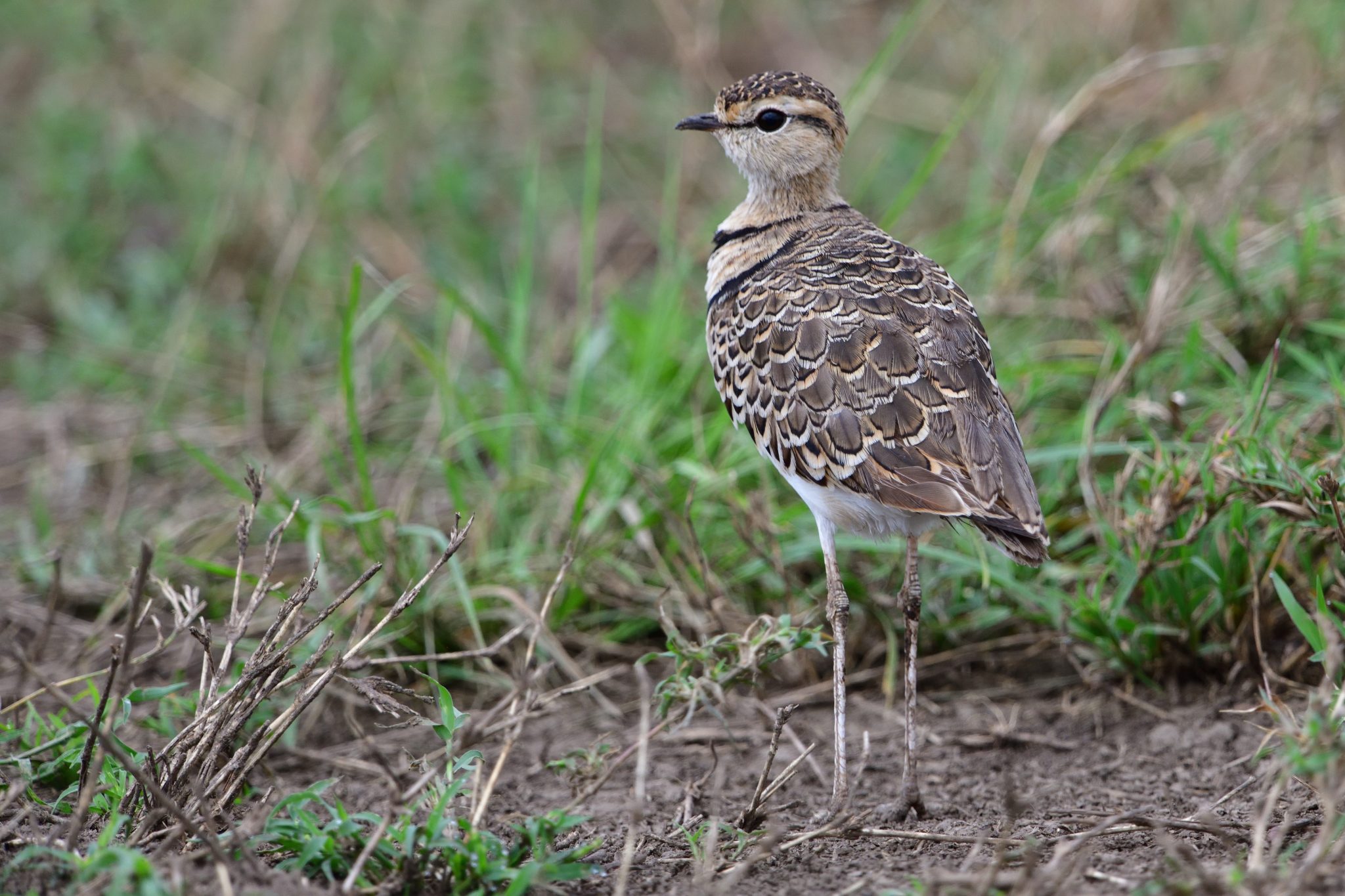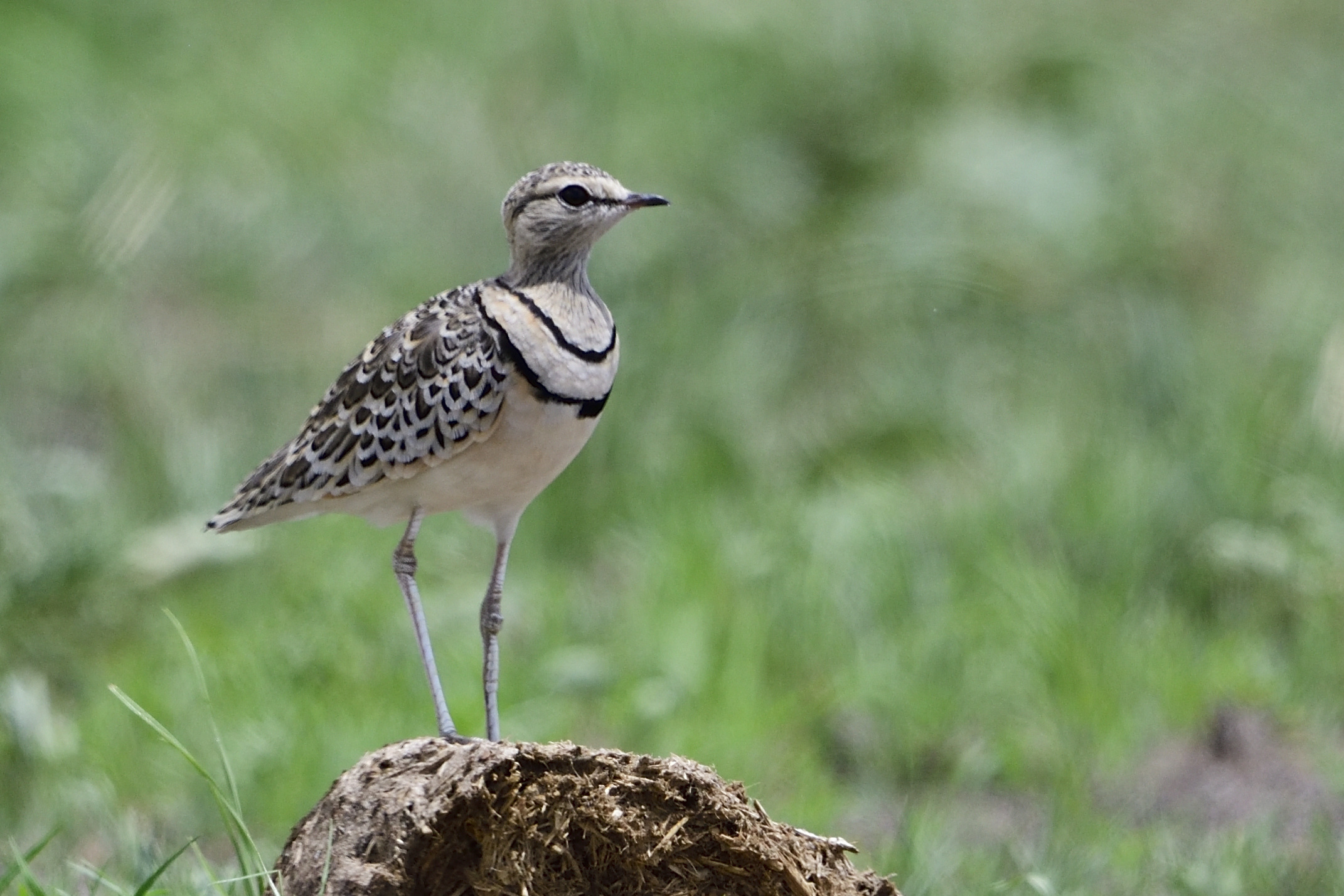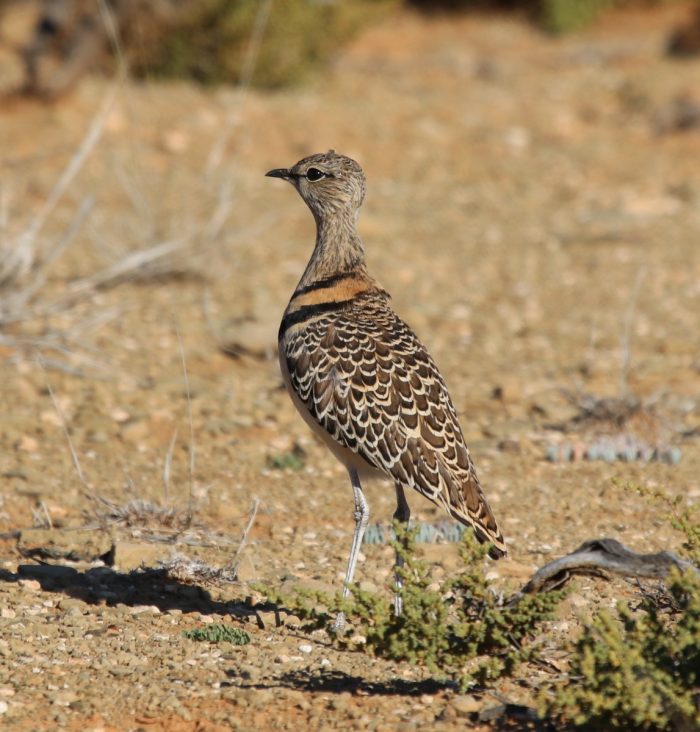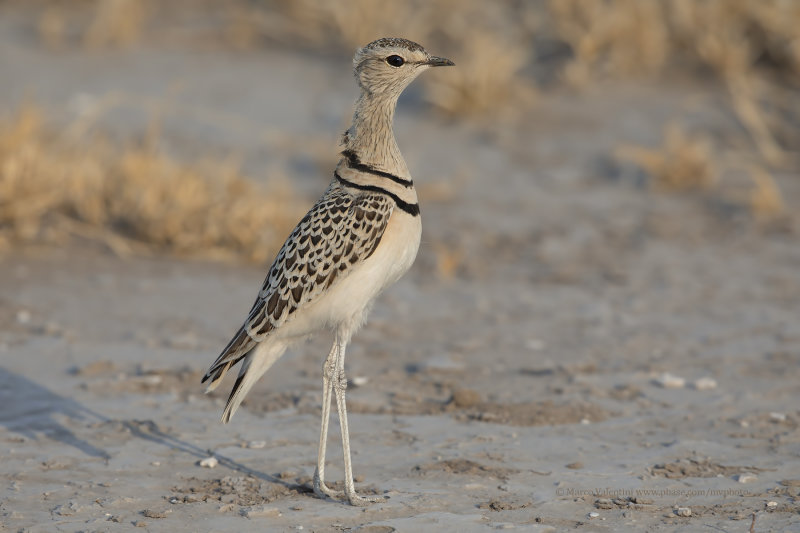Double Banded Courser
Double Banded Courser - The bird is widespread enough to have practically no chance of becoming endangered or extinct. Web recommended citation birdlife international (2024) species factsheet: Web data table and detailed info. This species has an extremely large range, and hence does not approach the thresholds for vulnerable under the range size criterion (extent of. The bird's crown is pale and. The bird is widespread enough to have practically no chance of becoming endangered or. Web justification of red list category. Web recommended citation birdlife international (2024) species factsheet: Web found in savanna and woodland, including some miombo. Nocturnal species that spends the day roosting under a thick bush. The bird's crown is pale and. This species has an extremely large range, and hence does not approach the thresholds for vulnerable under the range size criterion (extent of. Web in the southwestern part of the kalahari region, the double‐banded courser rhinoptilus africanus is restricted to stony terrain with low vegetation and good visibility. Nocturnal species that spends the day. Web in the southwestern part of the kalahari region, the double‐banded courser rhinoptilus africanus is restricted to stony terrain with low vegetation and good visibility. Web justification of red list category. The bird is widespread enough to have practically no chance of becoming endangered or extinct. This species has an extremely large range, and hence does not approach the thresholds. Its most distinctive feature is the two narrow black bands across the breast, which are diagnostic. Web recommended citation birdlife international (2024) species factsheet: It is commonly found in stony arid and desert areas. Web recommended citation birdlife international (2024) species factsheet: The above map shows the simulated. Web found in savanna and woodland, including some miombo. The above map shows the simulated. Its most distinctive feature is the two narrow black bands across the breast, which are diagnostic. Web in the southwestern part of the kalahari region, the double‐banded courser rhinoptilus africanus is restricted to stony terrain with low vegetation and good visibility. It is often active. Web justification of red list category. Wikipedia ( 0 votes) photo powered by flickr.com. Web recommended citation birdlife international (2024) species factsheet: This species has an extremely large range, and hence does not approach the thresholds for vulnerable under the range size criterion (extent of. Web data table and detailed info. Nocturnal species that spends the day roosting under a thick bush. This species has an extremely large range, and hence does not approach the thresholds for vulnerable under the range size criterion (extent of. It is often active at night. Wikipedia ( 0 votes) photo powered by flickr.com. Web found in savanna and woodland, including some miombo. The bird is widespread enough to have practically no chance of becoming endangered or extinct. Calls at night with a repeated metallic “chik.”. The bird is widespread enough to have practically no chance of becoming endangered or. Wikipedia ( 0 votes) photo powered by flickr.com. Web recommended citation birdlife international (2024) species factsheet: It is often active at night. Web in the southwestern part of the kalahari region, the double‐banded courser rhinoptilus africanus is restricted to stony terrain with low vegetation and good visibility. Web justification of red list category. The above map shows the simulated. Wikipedia ( 0 votes) photo powered by flickr.com. Web recommended citation birdlife international (2024) species factsheet: The above map shows the simulated. This species has an extremely large range, and hence does not approach the thresholds for vulnerable under the range size criterion (extent of. Web found in savanna and woodland, including some miombo. It is commonly found in stony arid and desert areas. Web recommended citation birdlife international (2024) species factsheet: The bird's crown is pale and. Web birdlife south africa, johannesburg, south africa. The above map shows the simulated. It is commonly found in stony arid and desert areas. Web in the southwestern part of the kalahari region, the double‐banded courser rhinoptilus africanus is restricted to stony terrain with low vegetation and good visibility. Web found in savanna and woodland, including some miombo. This species has an extremely large range, and hence does not approach the thresholds for vulnerable under the range size criterion (extent of. Web data table and detailed info. Web justification of red list category. Web recommended citation birdlife international (2024) species factsheet: Calls at night with a repeated metallic “chik.”. Web birdlife south africa, johannesburg, south africa. This species has an extremely large range, and hence does not approach the thresholds for vulnerable under the range size criterion (extent of. Web recommended citation birdlife international (2024) species factsheet: The bird is widespread enough to have practically no chance of becoming endangered or extinct. Nocturnal species that spends the day roosting under a thick bush. The bird's crown is pale and. It is commonly found in stony arid and desert areas. Its most distinctive feature is the two narrow black bands across the breast, which are diagnostic.
Doublebanded courser

Doublebanded Courser

Doublebanded Courser (Smutsornis africanus) * Discovering Birds
Doublebanded Courser eBird

Doublebanded Courser Holmen Birding Safaris

Doublebanded Courser Rhinoptilus Africanus Stock Photo Image of
Doublebanded Courser eBird

Doublebanded Courser Holmen Birding Safaris

Doublebanded Courser (Rhinoptilus africanus) BDI

Doublebanded Courser Rhinoptilus africanus photo mvphoto photos at
The Bird Is Widespread Enough To Have Practically No Chance Of Becoming Endangered Or.
Wikipedia ( 0 Votes) Photo Powered By Flickr.com.
It Is Often Active At Night.
The Above Map Shows The Simulated.
Related Post:

